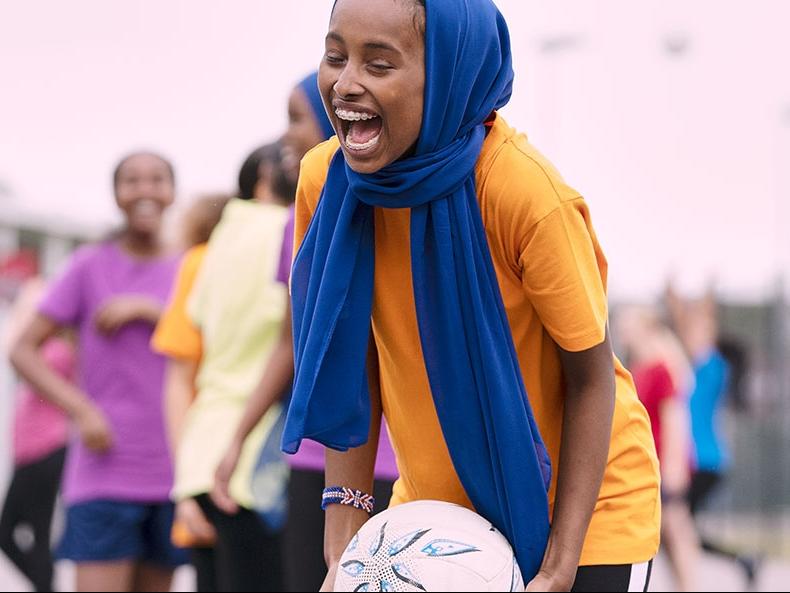Children and young people’s activity levels overall have recovered to pre-pandemic levels according to the latest figures from Sport England, but more work needs to be done to get more children more active.

The latest Active Lives Children and Young People survey shows that 47 per cent of children are meeting the Chief Medical Officers’ guidelines of taking part in an average of 60 minutes or more of sport and physical activity a day.
The survey, which covers the 2021-22 academic year, shows that overall activity levels are up 2.6 per cent, meaning there are 219,000 more active children compared to the previous academic year. Activity levels are now back in line with the 2018-2019 academic year, the last full year before the pandemic.
Boys, whose activity levels were most impacted during the pandemic, have largely driven the recovery (50 per cent of boys are now doing an average of 60 minutes a day compared to 45 per cent of girls).
The figures show that secondary-aged girls are now more active than at any point since the survey began in the 2017-18 academic year, aided in part by Sport England investments including Studio You, free video-based PE lessons for girls aged 13-16 powered by the This Girl Can campaign. And 100,000 more girls are playing football regularly compared to when the survey started in 2017.
Alongside the growth in the number of active children, the number of less active children, those doing less than 30 minutes of physical activity a day, has decreased by 143,000 (2.3 per cent).
But there is an increase in the number of children and young people doing no activity at all in the previous seven days, up by a quarter of a million (3.3 per cent) since pre-pandemic.
The recovery is not universal with primary-aged children, specifically those in School Years 3-4 (ages 7-9) and black boys of primary ages not yet back at pre-pandemic levels.
Those from low affluence families are still less likely to be active than those from high affluence (42 per cent compared to 52 per cent) and children and young people going to school in the most deprived places in the country have not seen activity recover to pre-pandemic levels. They are also less likely to say they have positive attitudes towards sport and physical activity, and they have lower wellbeing scores.